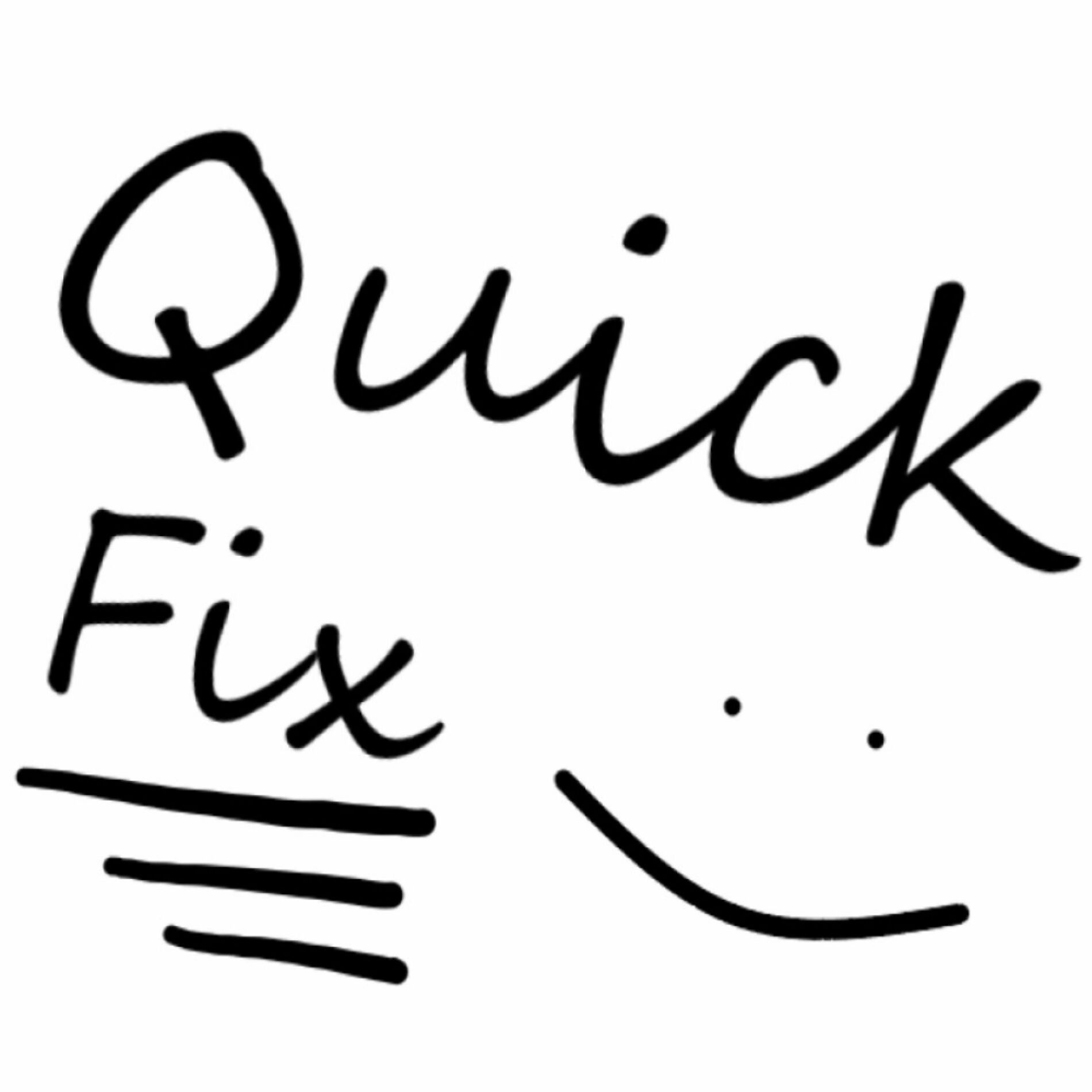Thinking Slow — Time Helps
We slow thinkers don’t often get much space in a world that rewards speed.

As an engineer, solving problems is at the heart of what we do. Sometimes, the solution is clear and simple; other times, it’s complex and layered. But no matter what path you choose, your responsibility remains the same: to make sure the solution works and stands the test of time.
One difference I’ve noticed between big tech companies and startups is how they approach problem-solving. Startups tend to value speed—getting a solution out the door as quickly as possible—while big tech often prioritizes scalability and foresight. Both approaches have value, but over time, I realized that the kind of engineer I aspire to be is one who always looks beyond the quick fix, who finds alternative ways to solve problems, even if it takes more time upfront.
Taking this more thoughtful approach might be time-consuming, but it’s an investment that often pays off in the long run. Tackling problems in a way that accounts for both the present and the future helps avoid costly mistakes down the line. There’s a big difference between hindsight and foresight; when we focus only on the immediate needs without planning for the future, we end up with solutions that may break or fail to scale just when they’re needed most. I’m sure many of us have seen projects that started strong but faltered when they needed to handle more users or accommodate new features.
This doesn’t mean every solution needs to be perfectly scalable from the beginning, nor does it mean that taking a simpler approach is wrong. It’s about striking a balance: tackling the immediate problem while keeping an eye out for potential pitfalls and planning next steps. Recently, I started giving myself a “time box” of five days to dig deeper into the “hard way” of solving a problem. I take this time to explore more durable solutions, understanding that these intense days can be challenging. But by delving into fundamentals, investigating open-source code, or experimenting with new tools, I often uncover insights that make the solution more robust and future-proof.
It can be an exhausting process, and I know many engineers who, like me, feel restless until they find a workable answer. There’s a certain tenacity that kicks in, a drive to keep pushing until you’ve cracked the problem. This determination, while draining at times, is ultimately rewarding because it leads to solutions that don’t just work today but will continue to perform well tomorrow.
So, while speed has its place in engineering, there’s tremendous value in cultivating a practice of foresight. Rather than just asking, “What’s the quickest way to solve this problem?” it’s worth also asking, “What’s the best way to solve this problem so it lasts?”